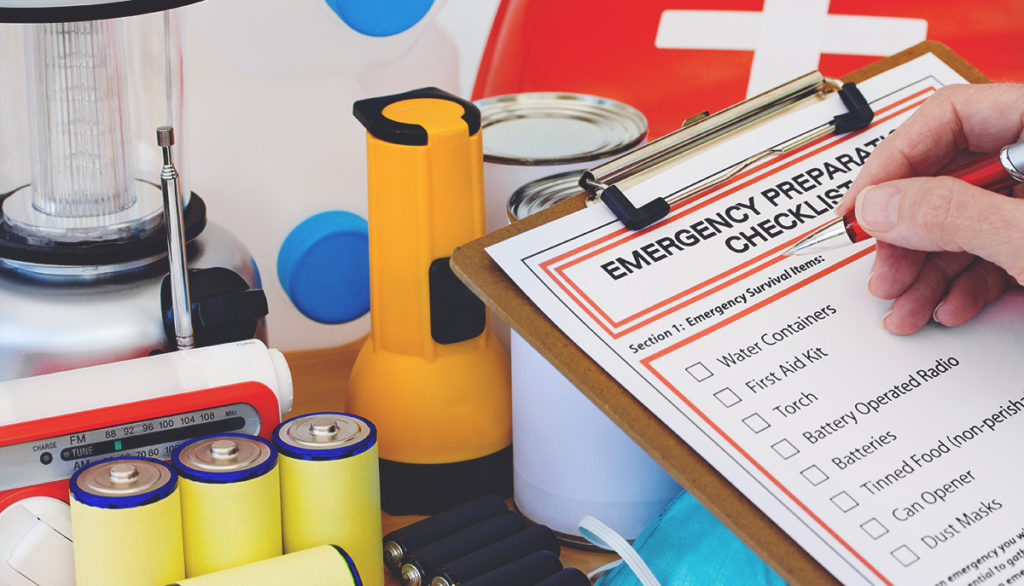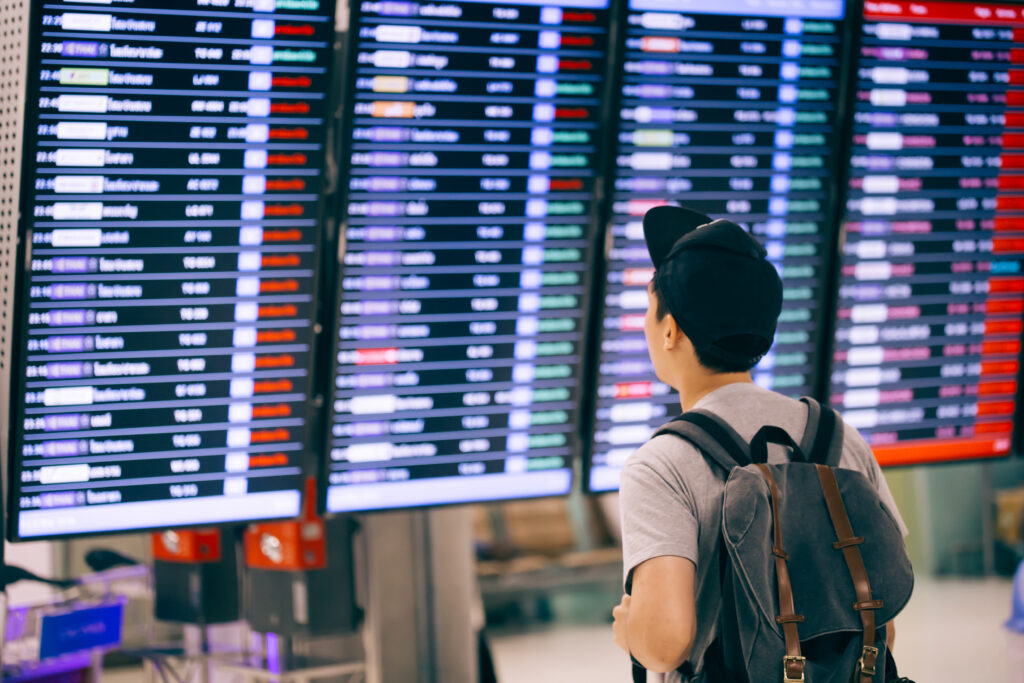Various Australian regions are facing flooding emergencies after days of heavy rainfall. Queensland has been pelted with rain, with more expected in the coming days, while multiple Victorian towns are still reeling from the effects of recent flash floods.
If you are living in these locations or surrounding areas, you may be wondering what to do in the event of a flood. Below are some tips to help you prepare and stay safe.
Prepare for power outages
If you’re in or near an area of risk, make sure you’re prepared for power outages.
- Charge your phone and consider purchasing a power bank in case your devices run out of battery during the power outage. There’s nothing worse than not being able to communicate with anyone or call for help if needed.
- Have access to an alternative light source such as candles, battery-powered lanterns or torches.
- Once your power comes back on, make sure to calculate how long your fridge has been without power. If it’s been more than four hours, there’s a good chance the food in your fridge has been spoiled.
Secure your accommodation
With the exception of flash floods, most floods allow some warning time so you can plan and prepare ahead of the event.
- If you have the capacity, move as many household items to the highest point of your house. Place furniture on the bed and household items on the furniture.
- Relocate chemicals that react with water to give off heat or form explosive or toxic gases and poisons to the highest level in your home in waterproof containers.
- Turn off all powerpoints and unplug the electricals.
- If it’s within your means, consider getting contents insurance, which can cover the cost of household and personal items if they are lost or damaged in a flood. Keep in mind that flood cover may not be included in standard insurance plans, so you may have to add it as an extra. Even plans that do cover flood damage may have exclusions, so check these policies very carefully.
In the event of an evacuation
If you have been ordered to evacuate or you wish to voluntarily evacuate, some measures should be taken if it’s safe to do so:
- Pack your valuables and seal important documents like your passport in a ziplock bag, along with essential medication.
- Pack warm clothing and wear enclosed (ideally waterproof) protective shoes.
- If you have pets and can’t take them with you, decide how you will look after them.
- Empty freezers and refrigerators, leaving doors open.
- Turn off the power, water and gas.
- Lock your home and take the safest evacuation route out of the area.
Note: In the case that it is too late to evacuate, travelling in flood areas should be avoided unless absolutely necessary. If you do need to walk somewhere, bring at least one person with you and don’t go deeper than your waist. Inform neighbours or emergency workers if you do leave your house. Do not drive in flooded areas.
Regularly check your state’s SES website for updates
Your State Emergency Service (SES) will provide live updates in the case of an emergency. Find your state’s SES website below:
- NSW State Emergency Service
- Victorian State Emergency Service
- QLD State Emergency Service
- WA State Emergency Service
- SA State Emergency Service
- ACT State Emergency Service
- NT Emergency Service
- Tasmanian State Emergency Service
Contact your education provider
If you’ve been affected by the floods, make sure you inform your education provider. They are there to help, especially in times of crisis, and can direct you to the relevant support services.
For more information on what to do in the event of a flood, refer to the Bureau of Meteorology.





